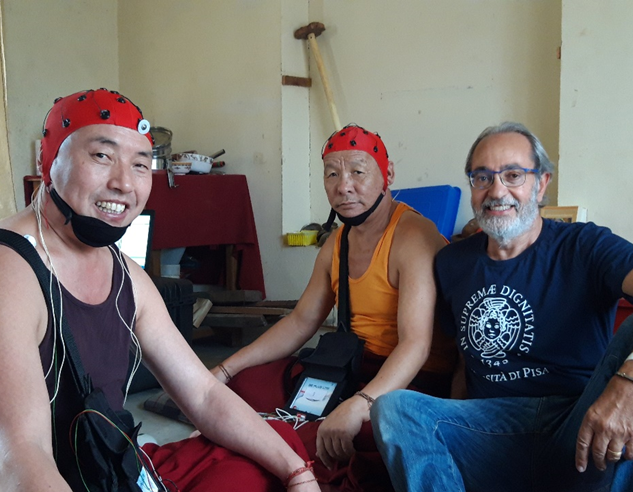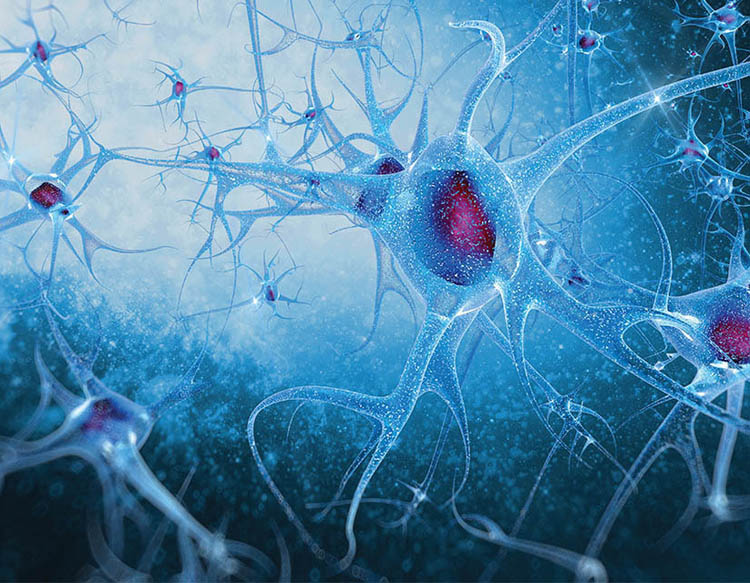Human beings have (or appear to have) both physical properties and mental properties.
What is the difference between these properties, whether the mental is a subset of the physical or vice versa or, again, whether these states are irreducibly distinct from each other and how they can causally interact with each other.
In the contemporary scientific scenario (from physics after classical mechanics to social sciences and anthropology), many voices question a strong opposition (dualism) of this type between mind and matter and investigate the complex unfolding of these only apparently polar dimensions. In this place we dedicate ourselves to the investigation of this relationship in a transversal path between scientific research and contemplative practice.








